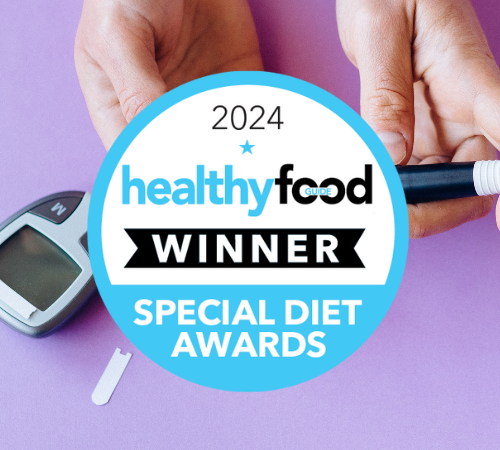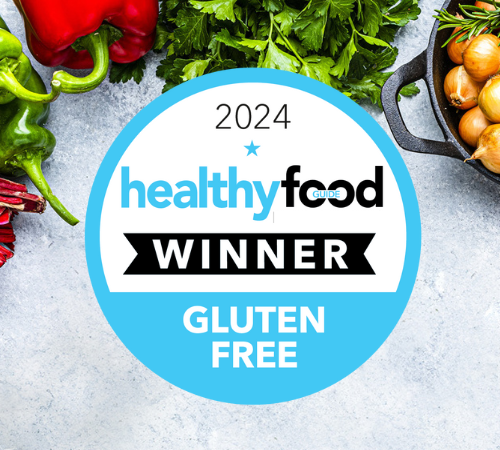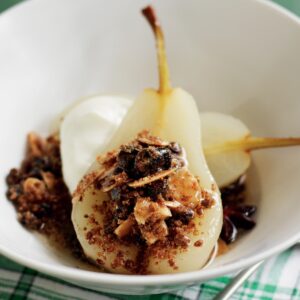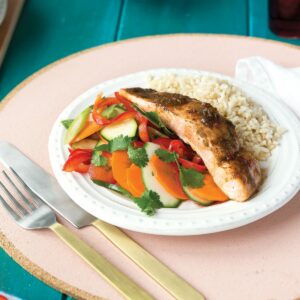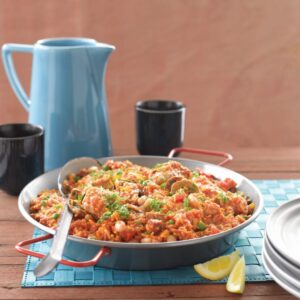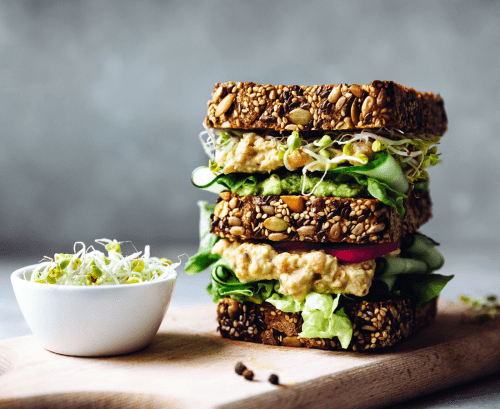
A sandwich with a healthy filling is an easy lunch sorted, so why do so many people avoid eating bread? HFG dietitian Caroline Trickey investigates whether bread is healthy and how to make the best choices.
Have you been told to ditch carbohydrates to help manage or lose weight? You may be doing your body a disservice. That’s because carbs are an excellent fuel source for every cell and organ in your body, especially your brain. Time to consider putting bread back on the menu!
Why we need carbs
Your body needs energy in the form of glucose. During digestion, carb-based foods like breads are broken down into glucose, which then travels via the bloodstream to feed your cells and keep your body energised. Glucose also fuels your brain, enabling you to focus and concentrate well.
But not all carbs are the same. Low-glycaemic index (GI) carbs are digested more slowly than high-GI ones. Since we usually use energy at a fairly slow rate (unless running a marathon), low-GI carbs are your best choice. Healthier versions of bread and wraps can be an excellent source of carbs and other important nutrients, such as fibre and the B group vitamins that support good health.
Types and ingredients
There’s a huge range of bread and wraps to choose from, all with slightly differing ingredients. Take your pick from these.
| White | Refined white flour, high GI and low in fibre. It’s not as filling or nutritious as wholegrain types. |
| Low-GI or high-fibre white | Refined white flour with fibre added. A good option for kids who won’t eat wholemeal. |
| Wholemeal | Often made from wholemeal and refined white flour. Can be just as good as wholegrain bread. Choose high-fibre options. |
| Multigrain | Refined white flour with grains added. The more visible the grains, the better! |
| Whole grain | Made from wholemeal flour with grains added. Low GI and high in fibre, it contains more nutrients, especially B vitamins, vitamin E and fibre, than those made with only white flour. |
| Soy and linseed | Refined white or wholemeal flour with either soy flour or whole soy beans and fibre-rich linseeds added. Usually has a low GI, making it a suitable choice for type 2 diabetics. |
| Rye | Usually includes a portion of rye flour along with either refined or wholemeal flour. It has a lower gluten content, making it a denser bread. Wholegrain rye, with added grains, is your highest-fibre choice. |
| Traditional sourdough | Made without yeast, it uses fermentation to get the bread to rise. It is the lowest GI bread. Choose grainy or wholemeal for more fibre. |
| Lower carb, higher fibre | Most are made with wheat, soy protein and lots of seeds, but products vary greatly. Can be useful for people with type 2 diabetes or who are insulin resistance. |
| Gluten free | Usually made from gluten-free flours such as tapioca starch and rice flour. Choose gluten-free breads with added seeds for a lower-GI, higher-fibre option. |
The health benefits of more foods:
www.healthyfood.com


